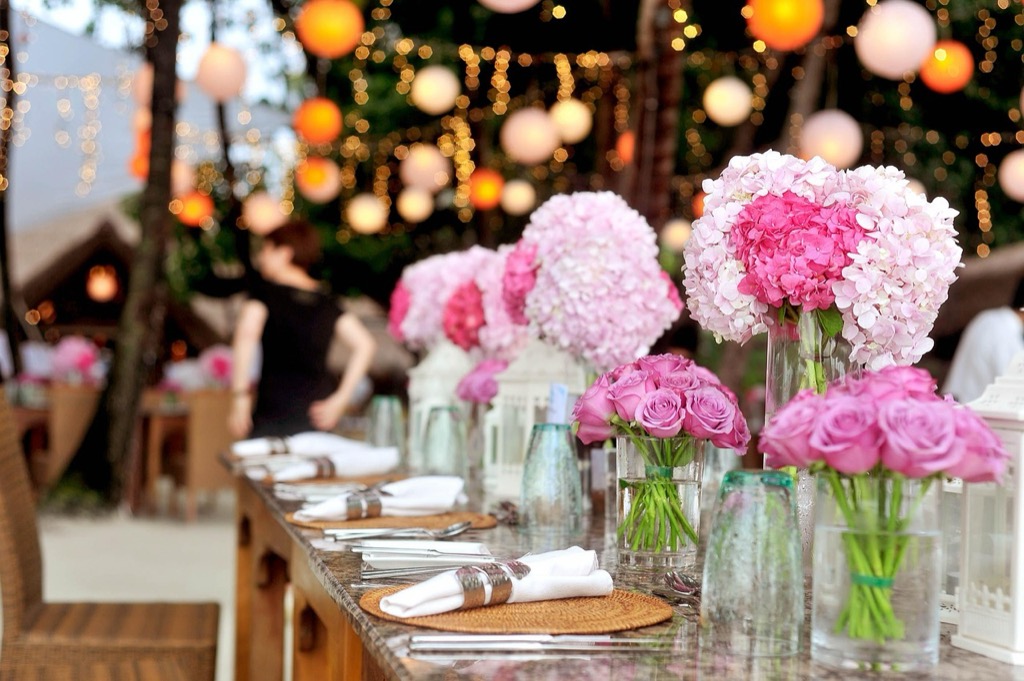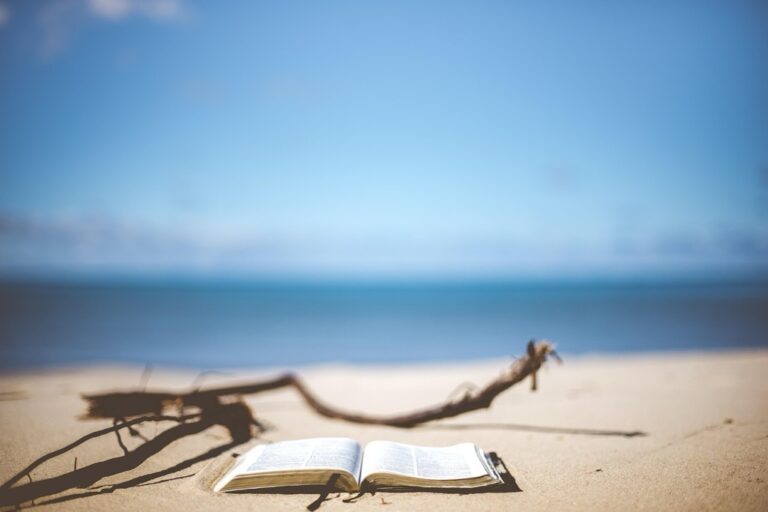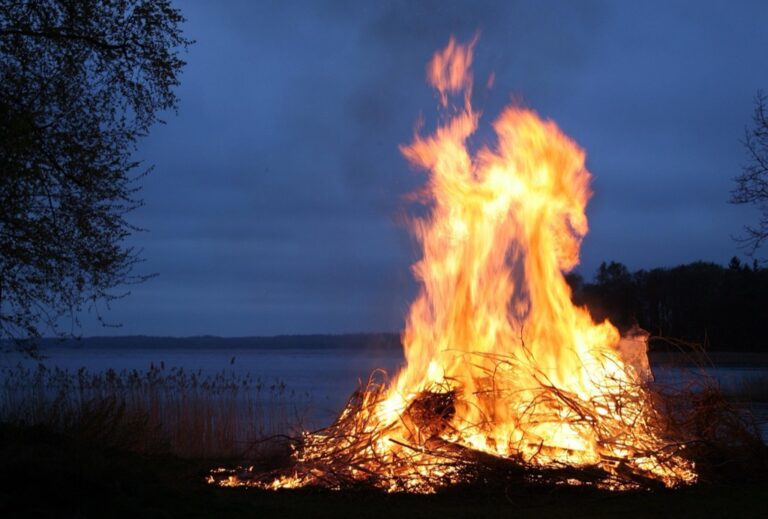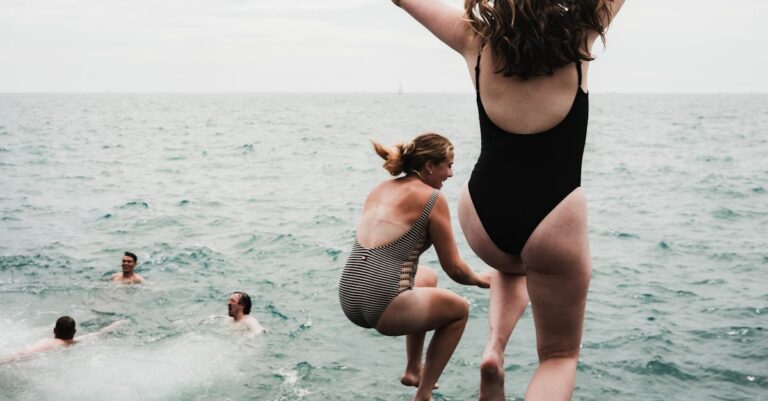7 Best Beach Wedding Photography Tips That Capture Magic Moments
Master beach wedding photography with expert tips on golden hour lighting, weather-resistant gear, and positioning techniques for stunning coastal shots.
Beach weddings offer breathtaking backdrops but present unique photography challenges that can make or break your special day memories. The combination of bright sunlight harsh shadows shifting sand and unpredictable weather creates technical hurdles that require specific skills and preparation to overcome. These seven expert tips will help you capture stunning photos that showcase both the natural beauty of your oceanside ceremony and the intimate moments between you and your partner.
Disclosure: As an Amazon Associate, this site earns from qualifying purchases. Thank you!
Master the Golden Hour Timing for Stunning Beach Wedding Photos
Golden hour transforms ordinary beach scenes into magical backdrops that’ll make your wedding photos absolutely breathtaking. This natural lighting window occurs twice daily and creates the warm, soft illumination that photographers dream about for romantic ceremonies.
Schedule Your Ceremony During the Magic Hour
Plan your ceremony 1-2 hours before sunset for the most flattering natural light. The sun sits lower on the horizon during this time, casting a warm golden glow that eliminates harsh shadows and creates stunning silhouettes against the ocean backdrop. You’ll avoid the unflattering midday sun that creates dark eye shadows and requires extensive editing later.
Plan Backup Lighting for Overcast Conditions
Bring portable LED panels or reflectors when clouds threaten your golden hour plans. Overcast skies can actually work in your favor by creating soft, even lighting throughout the day, but you’ll need subtle fill lighting for close-up shots. Professional photographers often use battery-powered strobes with diffusers to recreate that golden hour warmth when nature doesn’t cooperate.
Choose the Right Camera Equipment for Beach Photography
Your camera gear needs to withstand salt air, sand, and intense sunlight while delivering sharp images in challenging lighting conditions. The right equipment choices can make the difference between stunning wedding photos and disappointing results that require extensive editing.
Select Weather-Resistant Camera Bodies and Lenses
Weather-sealed DSLRs and mirrorless cameras protect your investment from salt spray and sand infiltration during beach ceremonies. Look for cameras with gasket-sealed buttons and weather-resistant construction like the Canon EOS R6 Mark II or Nikon Z7 II. Pair these with weather-sealed lenses that feature fluorine coatings to repel salt water and minimize cleaning requirements throughout your shoot.
Capture stunning photos and videos with the Canon EOS Rebel T7. It features a 24.1MP sensor, built-in Wi-Fi, and a versatile 18-55mm lens for high-quality images.
Pack Essential Accessories for Sandy Environments
Lens filters and protective covers become crucial when shooting in sandy beach conditions where wind can blow particles onto your equipment. Bring UV filters to protect front lens elements, lens hoods to reduce glare from water reflections, and microfiber cloths for quick cleaning between shots. Pack extra batteries since cold ocean breezes drain power faster, and consider a camera rain cover for unexpected weather changes.
Protect your 67mm lens with the K&F Concept MCUV filter. This ultra-slim filter blocks UV rays for improved clarity and features 18 multi-layer coatings to reduce reflections and ensure high image quality.
Navigate Challenging Beach Lighting Conditions Like a Pro
Beach lighting changes dramatically throughout the day, requiring quick adjustments to capture stunning wedding photos. You’ll face intense sun, reflective sand, and constantly shifting shadows that can make or break your shots.
Combat Harsh Midday Sun with Proper Exposure Techniques
Overexpose your images by 1/3 to 2/3 stops when shooting in bright beach conditions. This technique prevents your subjects from appearing as dark silhouettes against the brilliant sand and sky. Use spot metering on your couple’s faces rather than evaluative metering, which gets fooled by the bright background. Shoot in manual mode to maintain consistent exposure as you move between shaded and sunny areas during the ceremony.
Use Reflectors and Diffusers to Soften Natural Light
Enjoy aromatherapy with the ASAKUKI 500ml diffuser. It features a remote control, multiple mist modes, 7 LED light colors, and an auto-off safety switch for worry-free use.
Position a large white or silver reflector opposite the sun to bounce soft light onto your couple’s faces. This eliminates harsh shadows under their eyes and creates even illumination for close-up shots. When the sun’s too intense, hold a translucent diffuser between the light source and your subjects to create beautiful, soft lighting. Pack collapsible 5-in-1 reflectors that fold down to 24 inches for easy transport across sandy terrain.
Position Your Couple for Flattering Beach Wedding Portraits
Proper positioning transforms ordinary beach shots into stunning wedding portraits that showcase both your couple’s connection and the ocean’s natural beauty.
Find the Most Photogenic Spots on the Beach
Scout locations where the sand meets interesting textures like driftwood, rock formations, or tidal pools. These natural elements add depth and visual interest to your compositions.
Position couples away from crowded areas near lifeguard stations or beach entrances. Look for secluded stretches with clean sand and minimal foot traffic for uninterrupted shooting sessions.
Use Leading Lines and Natural Framing Elements
Utilize the shoreline’s natural curve to draw viewers’ eyes toward your couple. Position them where waves create gentle S-curves or diagonal lines that enhance the romantic atmosphere.
Frame portraits using overhanging palm fronds, weathered pier posts, or natural rock arches. These elements create depth and focus attention on your subjects while incorporating the beach’s scenic character.
Protect Your Photography Gear from Sand and Salt Water
Beach environments pose serious threats to your camera equipment through corrosive salt air and abrasive sand particles. You’ll need strategic protection measures to prevent costly damage during your ceremony shoot.
Implement Proper Equipment Storage Solutions
Use sealed camera bags with silica gel packets to prevent moisture buildup between shots. Keep your gear in hard cases when not actively shooting, and position storage areas upwind from sand-blowing areas. Consider UV-resistant bags that won’t degrade under intense sun exposure during long beach ceremonies.
Keep your valuables dry and protected with these food-grade silica gel packets. The color-indicating beads let you know when to recharge them for continued moisture absorption.
Clean and Maintain Gear After Beach Shoots
Wipe down all equipment with slightly damp microfiber cloths immediately after shooting to remove salt residue. Clean lens threads and camera body seals with cotton swabs dipped in distilled water. Allow gear to air dry completely before storing, and inspect for sand particles in crevices that could cause mechanical issues later.
Capture Candid Moments While Managing Beach Distractions
Beach weddings offer stunning backdrops but come with unique distractions that can interrupt your perfect shots. Successful beach wedding photography requires strategic planning to capture authentic emotions while working around environmental challenges.
Work Around Crowds and Beach Activities
Position yourself between the couple and crowd sources to create natural barriers. Scout alternative angles that use beachgoers as depth elements rather than distractions.
Time your shots during natural crowd lulls like early morning or late afternoon when beach activity decreases. Communicate with your couple about peak beach hours in their chosen location.
Use telephoto lenses to compress backgrounds and isolate subjects from distant activities. This technique minimizes unwanted elements while maintaining intimate framing.
Focus on Authentic Emotions Despite Environmental Challenges
Direct attention inward by encouraging couples to focus on each other rather than external beach distractions. Guide them through gentle prompts that create genuine interactions.
Capture between moments when couples naturally react to wind, waves, or unexpected sounds. These unguarded responses often produce the most authentic emotional expressions.
Embrace environmental elements as emotion enhancers rather than obstacles. Wind-blown hair and surprised laughter from unexpected waves create memorable, genuine moments that reflect your beach wedding’s unique character.
Plan for Weather Variables and Emergency Backup Solutions
Weather unpredictability makes beach weddings challenging, but smart planning keeps your photography session on track regardless of conditions.
Prepare for Wind, Rain, and Changing Conditions
Wind affects everything from hair and dress movement to equipment stability. Pack weighted tripods, hair ties, and clips for styling adjustments between shots. Monitor weather apps hourly and have covered areas scouted nearby. Rain requires waterproof camera covers and backup indoor locations within 10 minutes of your ceremony site.
Create Alternative Shot Lists for Different Scenarios
Develop three distinct shot lists: sunny conditions, overcast skies, and stormy weather scenarios. Include specific poses that work with windy conditions and dramatic cloud formations. Prioritize must-have shots first, then add weather-dependent options. This approach ensures you’ll capture essential moments regardless of what nature delivers on wedding day.
Conclusion
Beach wedding photography doesn’t have to be overwhelming when you’re equipped with the right knowledge and preparation. These seven essential tips will help you navigate the unique challenges of coastal ceremonies while capturing the romantic magic that drew you to a beach setting in the first place.
Remember that successful beach wedding photography comes down to understanding your environment and adapting accordingly. From mastering golden hour lighting to protecting your gear from salt and sand you’re now ready to create stunning images that showcase both your love story and the ocean’s natural beauty.
Your beach wedding photos should reflect the joy and intimacy of your special day. With proper planning weather preparation and the right techniques you’ll have breathtaking images that transport you back to those precious moments by the sea for years to come.
Frequently Asked Questions
What makes beach wedding photography so challenging?
Beach weddings present unique challenges including bright sunlight that creates harsh shadows, shifting sand that makes equipment setup difficult, unpredictable weather conditions, and salt air that can damage camera gear. These environmental factors require specific skills, proper equipment, and careful preparation to capture high-quality images that showcase both the scenic beauty and intimate moments of the ceremony.
When is the best time to schedule a beach wedding ceremony for photography?
The golden hour, occurring 1-2 hours before sunset, provides the most flattering natural lighting for beach weddings. This timing creates warm, soft illumination that eliminates harsh shadows and enhances romantic silhouettes against the ocean backdrop. Planning your ceremony during this window ensures the most stunning and professionally-looking photographs.
What camera equipment is recommended for beach wedding photography?
Weather-resistant camera bodies and lenses are essential for beach photography. Recommended gear includes weather-sealed DSLRs or mirrorless cameras like the Canon EOS R6 Mark II or Nikon Z7 II. Essential accessories include UV filters, lens hoods, microfiber cloths, extra batteries, and camera rain covers to protect against salt air, sand, and intense sunlight.
How do you handle challenging beach lighting conditions?
Overexpose images by 1/3 to 2/3 stops in bright conditions to prevent subjects from appearing as dark silhouettes. Use spot metering on the couple’s faces and shoot in manual mode for consistent exposure. Pack collapsible 5-in-1 reflectors and diffusers to soften harsh natural light and bounce flattering light onto faces.
Where should couples be positioned for the best beach wedding portraits?
Scout for photogenic spots where sand meets interesting textures like driftwood or rock formations, avoiding crowded areas. Use leading lines such as the shoreline’s curves and natural framing elements like overhanging palm fronds to enhance the romantic atmosphere while incorporating the beach’s scenic character and focusing attention on the couple.
How do you protect camera gear from beach environmental damage?
Use sealed camera bags with silica gel packets to prevent moisture buildup and store gear in hard cases when not in use. Keep storage areas upwind from sand-blowing zones. After shoots, clean equipment with slightly damp microfiber cloths to remove corrosive salt residue and inspect for sand particles that could cause mechanical issues.
How do you capture candid moments despite beach distractions?
Position yourself between the couple and potential distractions like crowds or beach activities. Time shots during quieter periods and use telephoto lenses to isolate subjects from busy backgrounds. Focus on authentic emotions by encouraging couples to engage with each other naturally, creating genuine interactions that enhance the emotional depth of photographs.
What weather preparations are essential for beach wedding photography?
Pack weighted tripods for windy conditions, hair ties and clips for styling adjustments, and waterproof camera covers for unexpected rain. Scout covered areas nearby and have backup indoor locations ready. Create alternative shot lists for sunny, overcast, and stormy conditions, prioritizing must-have shots while including weather-dependent options for flexibility.











